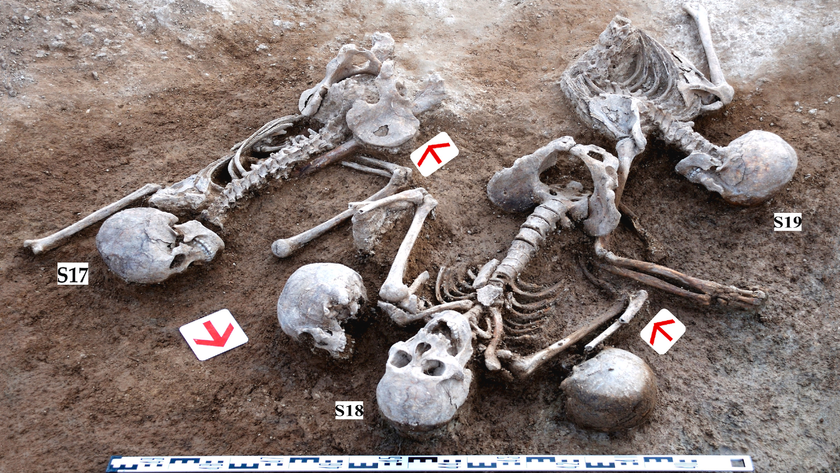Small sea life
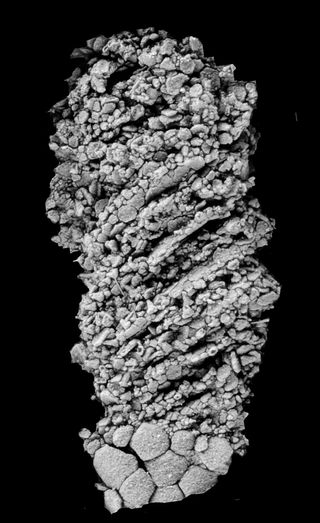
In 2012, researchers unearthed a 520-million year old fossilized creature that is one of the earliest known echinoderms with fivefold symmetry.
Ancient find

The animals skeleton had long since disintegrated, but it left a characteristic impression in the sediments of the Moroccan Anti-Atlas Mountains.
Primitive creature
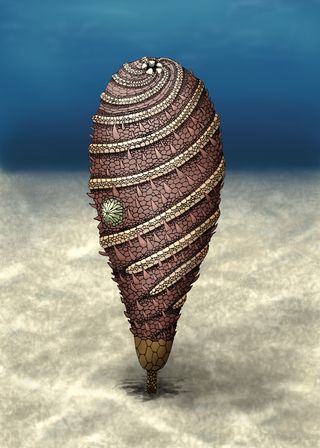
The creature, dubbed Helicocystis moroccoensis, had five spiral grooves along its body that it opened and closed to capture food.
Strange symmetry
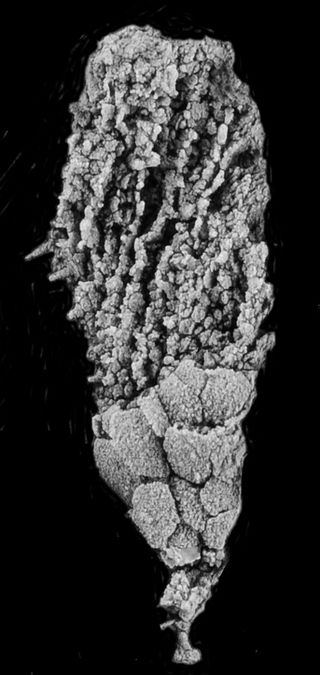
Earlier fossils had spiral arrangement of those grooves, or ambulacra, but not the distinctive five point symmetry found in sea urchins, starfish, and other echinoderms.
One of many
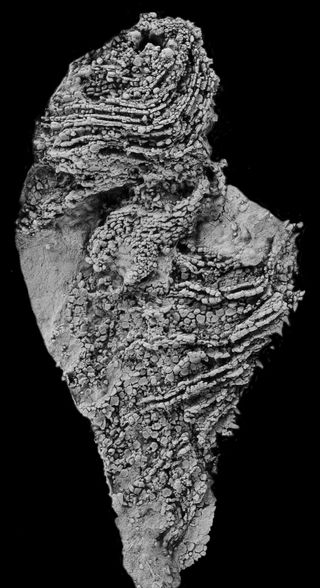
The new creature may help shed light on when and how echinoderms evolved their unique body plans.
Explosion of life
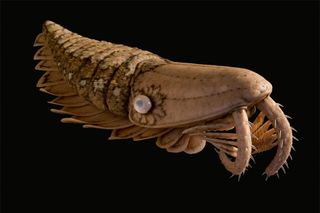
Helicocystis moroccoensis is just one of many primitive creatures that emerged during the Cambrian explosion, a period when the number of species on the planet exploded. Bizarre shrimplike sea monsters known as anomalocaridids grew up to 6 feet long and filled the Cambrian seas.
Ancient insects
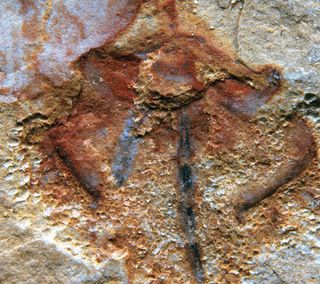
Another strange creature, a 500-million year old sea creature known as a fuxhianhuiid, had limbs under its head. Throughout the Cambrian period, life experimented with many wacky body plans.
Sign up for the Live Science daily newsletter now
Get the world’s most fascinating discoveries delivered straight to your inbox.

Tia is the managing editor and was previously a senior writer for Live Science. Her work has appeared in Scientific American, Wired.com and other outlets. She holds a master's degree in bioengineering from the University of Washington, a graduate certificate in science writing from UC Santa Cruz and a bachelor's degree in mechanical engineering from the University of Texas at Austin. Tia was part of a team at the Milwaukee Journal Sentinel that published the Empty Cradles series on preterm births, which won multiple awards, including the 2012 Casey Medal for Meritorious Journalism.











